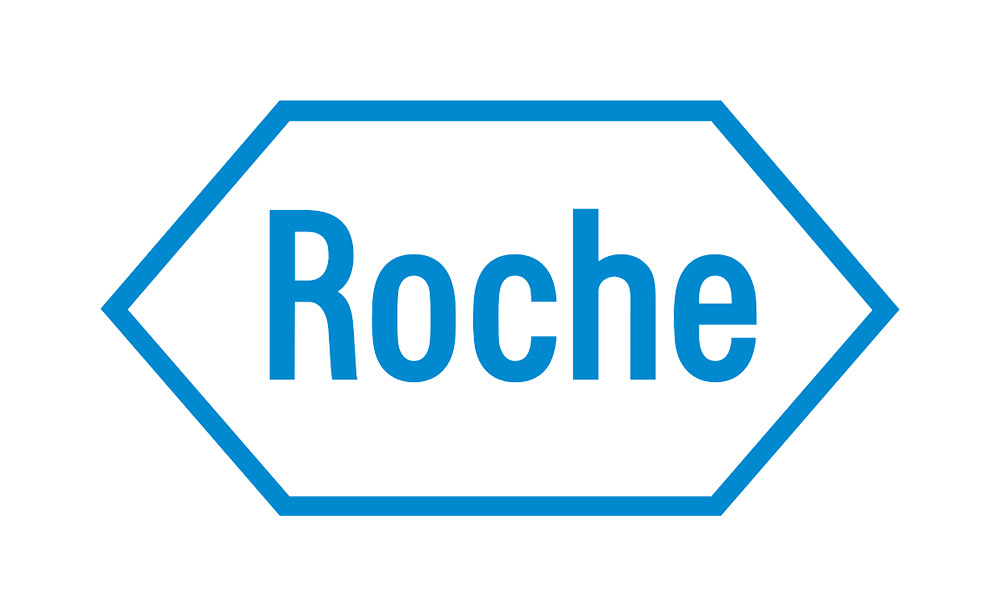Completed Projects · Diagnostics
Team NBB
Nanomaterial-Based Biosensors for Near-Patient Testing

Over the past several decades, there has been a growing need for the detection and quantification of chemical and biological species in different areas, including biomedical research, health care, agriculture, and environmental monitoring. There are several common requirements for the increasing number of biosensors in these areas: high sensitivity and selectivity, real-time and label-free detection, versatility and multianalyte detection, as well as simple integration into compact point-of-care devices.
Continuous miniaturization and recent advances in micro- and nanofabrication have led to the emergence of many nanomaterials as exciting new platforms for basic research and for applications in (opto-)electronic devices. In particular, semiconducting nanowires, carbon nanotubes, metal nanoparticles, and layered two-dimensional (2D) materials such as graphene and transition metal dichalcogenides (e.g. MoS2) have recently received much attention. These nanomaterials can more easily satisfy existing needs through improved performance, dense integration, cost reduction, or novel functionality.
Our team combines state-of-the-art nanomaterial research with biomedical know-how in order to develop a novel sensor technology platform for near-patient testing. Different nanomaterials are used to fabricate highly sensitive transducers that convert biochemical reactions into electronic or electrochemical signals. The sensor surface is chemically engineered to achieve selectivity for a wide range of analytes, including electrolytes, proteins, and blood gases. The sensor performance is validated using current gold standards such as surface plasmon resonance (SPR) or enzyme-linked immunosorbent assay (ELISA). Electronic biosensors based on nanomaterials have the ability to match the performance of the established techniques, with the advantages of low cost, simple integration, and rapid results.
Publications
- Gutiérrez-Sanz Ó, Andoy NM, Filipiak MS, Haustein N, Tarasov A (2017):
Direct, label-free, and rapid transistor-based immunodetection in whole serum
ACS Sensors 2(9) - Filipiak MS, Rother S, Andoy NM, Knudsen AC, Grimm S, Bachran C, Swee LK, Zaumseil J, Tarasov A (2018):
Highly sensitive, selective and label-free protein detection in physiological solutions using carbon nanotube transistors with nanobody receptors
Sensors and Actuators B: Chemical 255(2) - Andoy NM, Filipiak MS, Vetter D, Gutiérrez-Sanz Ó, Tarasov A (2018):
Graphene-based electronic immunosensor with femtomolar detection limit in whole serum
Advanced Materials Technologies 3(12) - Haustein N, Gutiérrez-Sanz Ó, Tarasov A (2019):
Analytical model to describe the effect of poly-ethylene glycol on ionic screening of analyte charges in transistor-based immunosensing
ACS Sensors 4(4) - Gutiérrez-Sanz Ó, Haustein N, Schroeter M, Oelschlaegel T, Filipiak MS, Tarasov A (2019):
Transistor-based immunosensing in human serum samples without on-site calibration
Sensors and Actuators B: Chemical 295 - Filipiak MS, Vetter D, Thodkar K, Gutiérrez-Sanz Ó, Jönsson-Niedziółka M, Tarasov A (2020):
Electron transfer from FAD-dependent glucose dehydrogenase to single-sheet graphene electrodes
Electrochimica Acta 330 - García-Chamé MA, Gutiérrez-Sanz Ó, Ercan-Herbst E, Haustein N, Filipiak MS, Ehrnhöfer DE, Tarasov A (2020):
A transistor-based label-free immunosensor for rapid detection of tau protein
Biosensors and Bioelectronics 159 - Thodkar K, Cazade PA, Bergmann F, Lopez-Calle E, Thompson D, Heindl D (2021):
Self-Assembled Pyrene Stacks and Peptide Monolayers Tune the Electronic Properties of Functionalized Electrolyte-Gated Graphene Field-Effect Transistors
ACS Applied Materials & Interfaces 13

